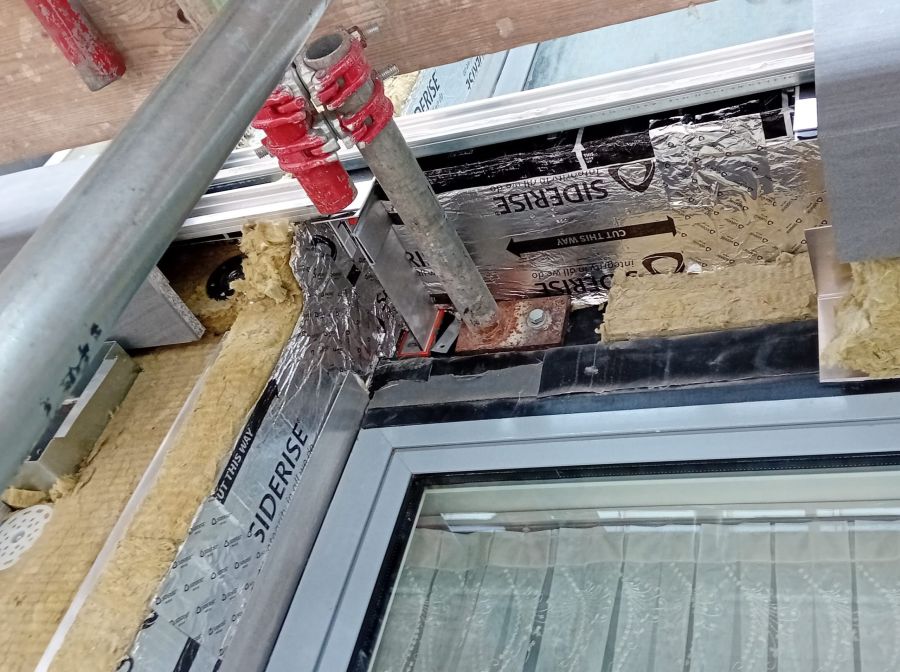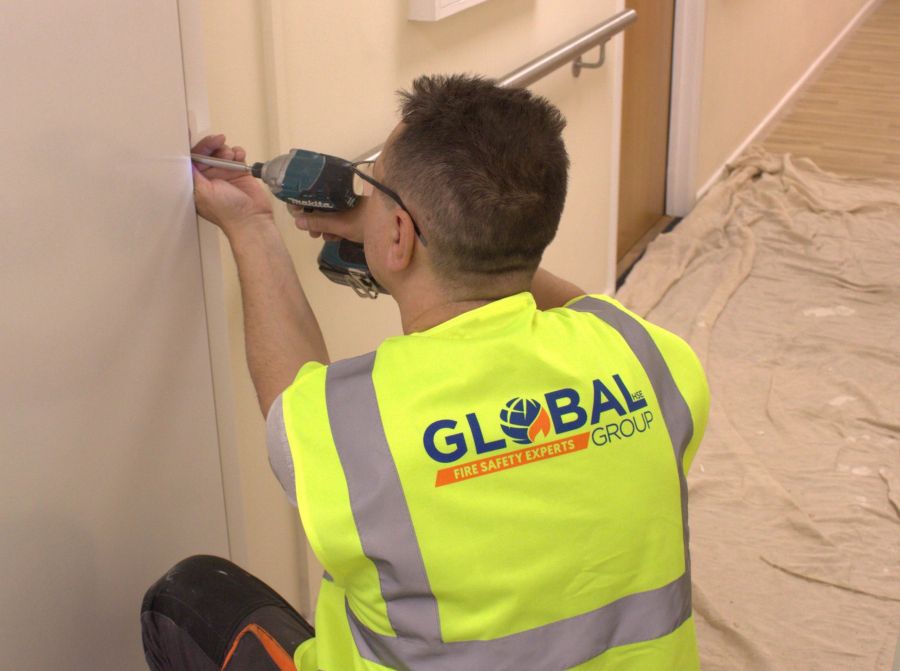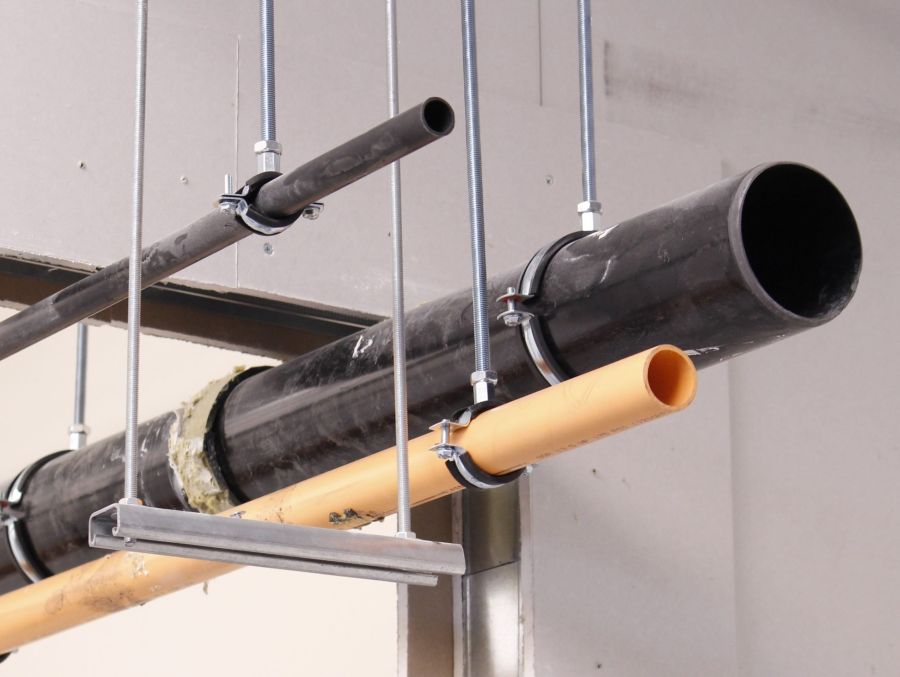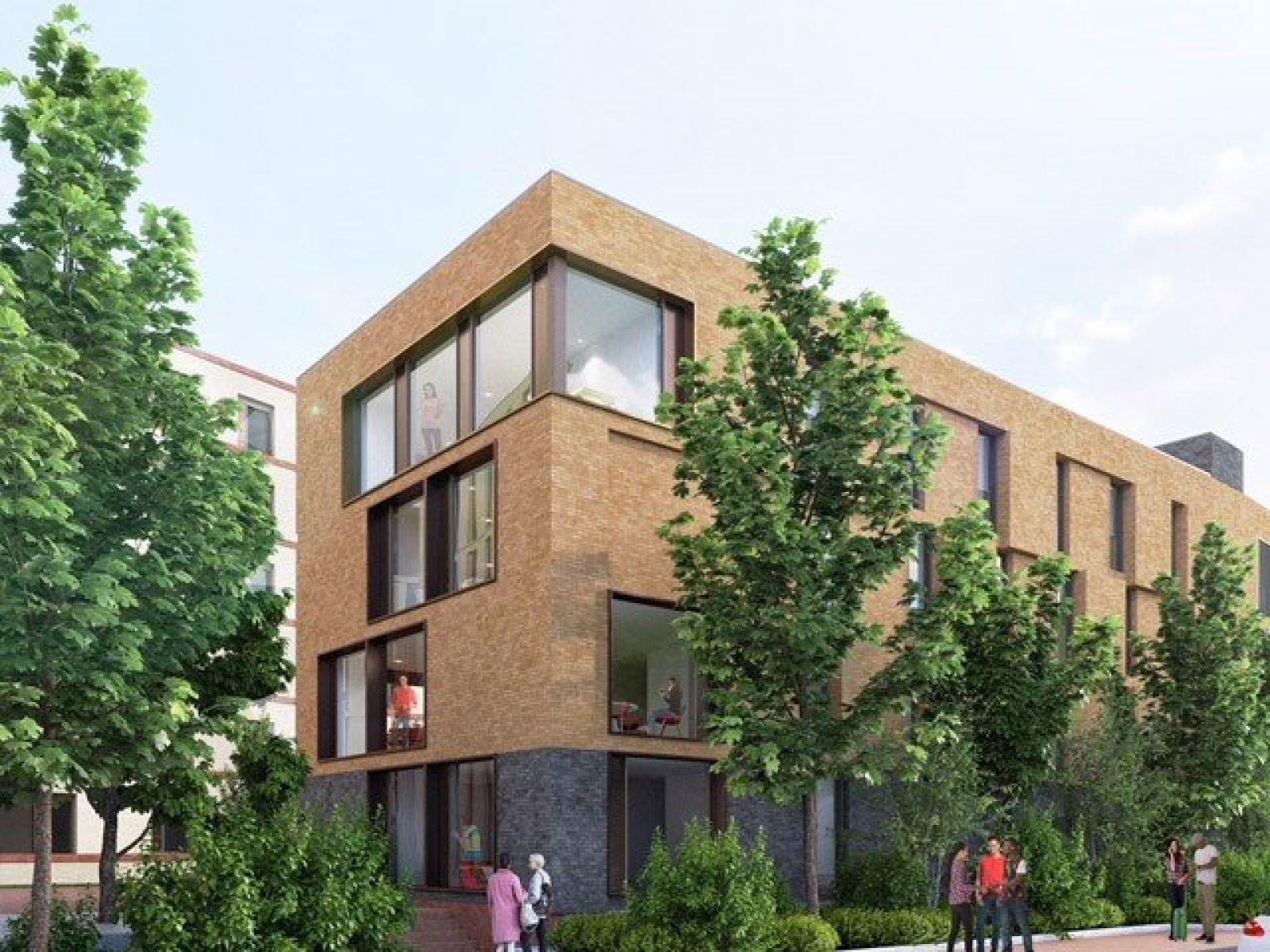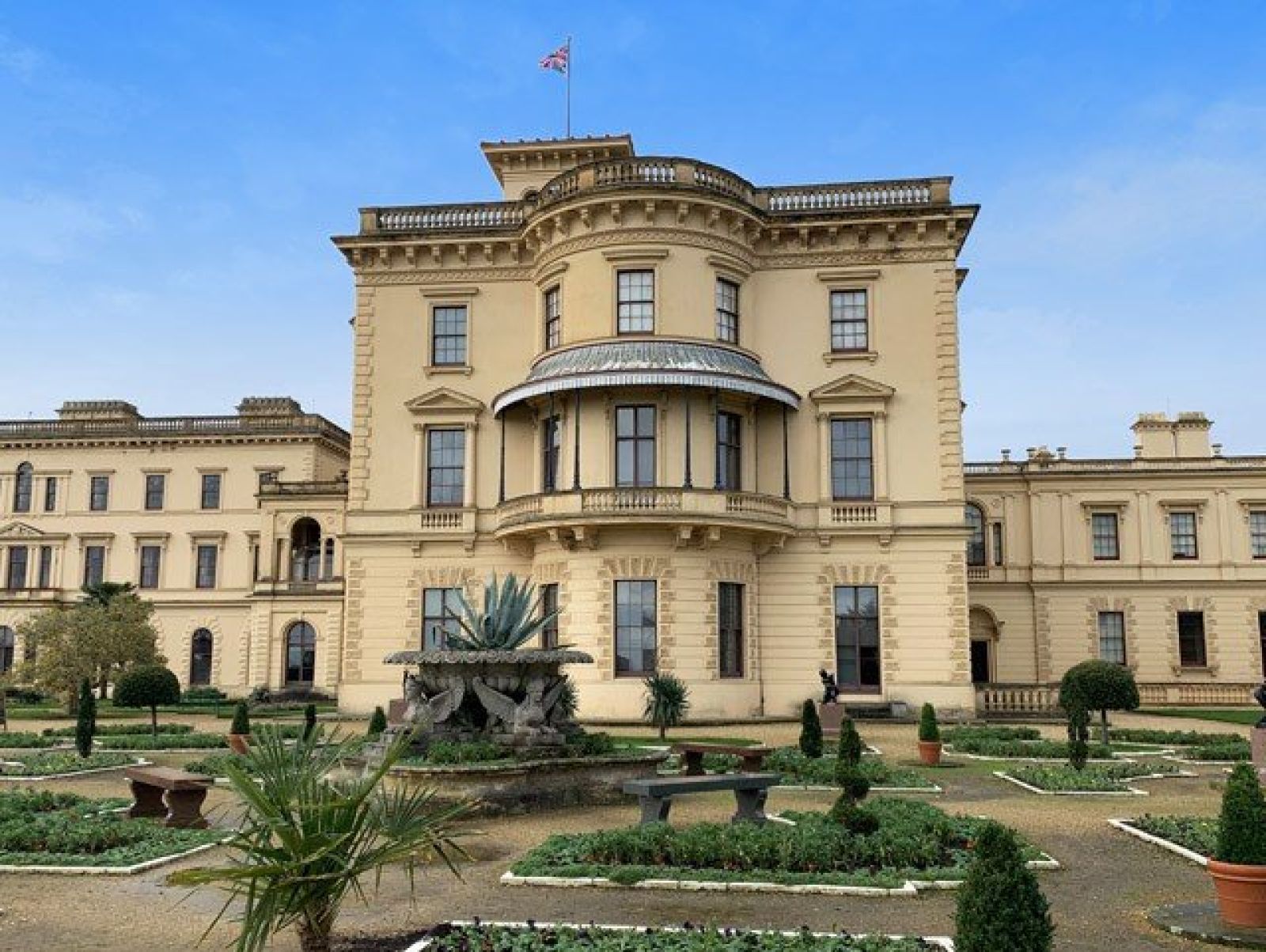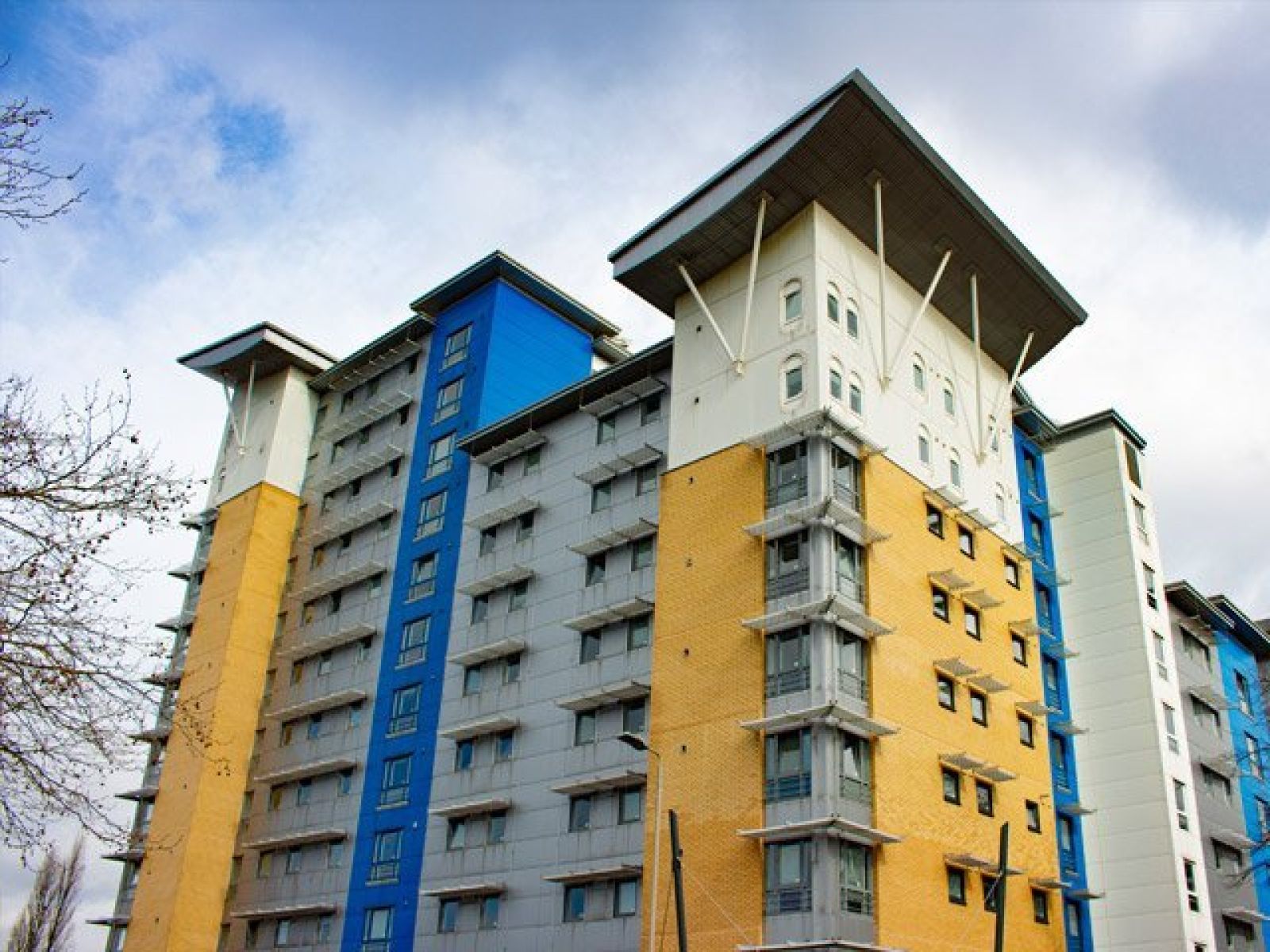Damper Installation and Maintenance
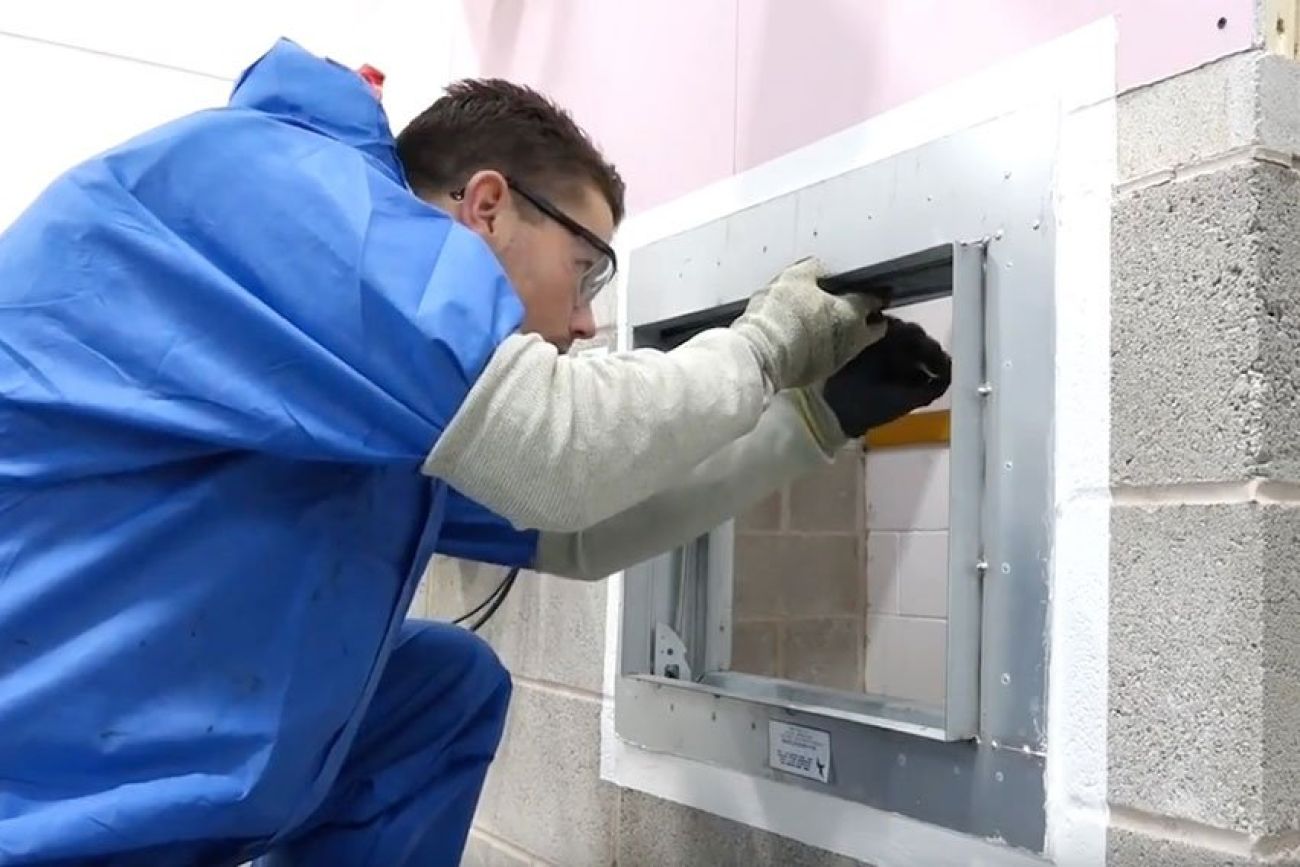
What is the importance of a Damper?
A Damper is exceedingly effective at providing sustainable barriers which can withstand fire and smoke for extensive periods. This means that they are exceptional at saving lives and securing enough evacuation time for any individuals within a premises.
For Dampers to work as effectively as possible in the prevention of the spread of a fire, they must be installed and maintained by experienced technicians. This means following manufacturers guidelines and setting out to meet third-party accreditation standards. Dampers will spend most of its time open, therefore it is important they are inspected and repaired regularly, and in some cases replaced altogether, to ensure that they will still close off the compartment should they be triggered.
At A Glance
Damper Installation
We understand the importance of Dampers being installed to manufacturers’ details and third party accreditation standards, which is why we supply and fit Dampers with an incredibly skilled team.
Damper Remediation
If you’ve recently had a Fire Risk Assessment or Damper Survey and have been left with issues in need of remediation, Global can help! Our Dampers team can work to rectify any requirements outlined in an inspection to bring your property back up to compliant standards.
Damper Surveys
As part of our Complete Approach to Fire Safety, Global’s Damper Team can survey, remediate install and maintain your dampers. We provide exhaustive Damper surveys to ensure you have the best scope of requirements to bring your project back to a compliant level.
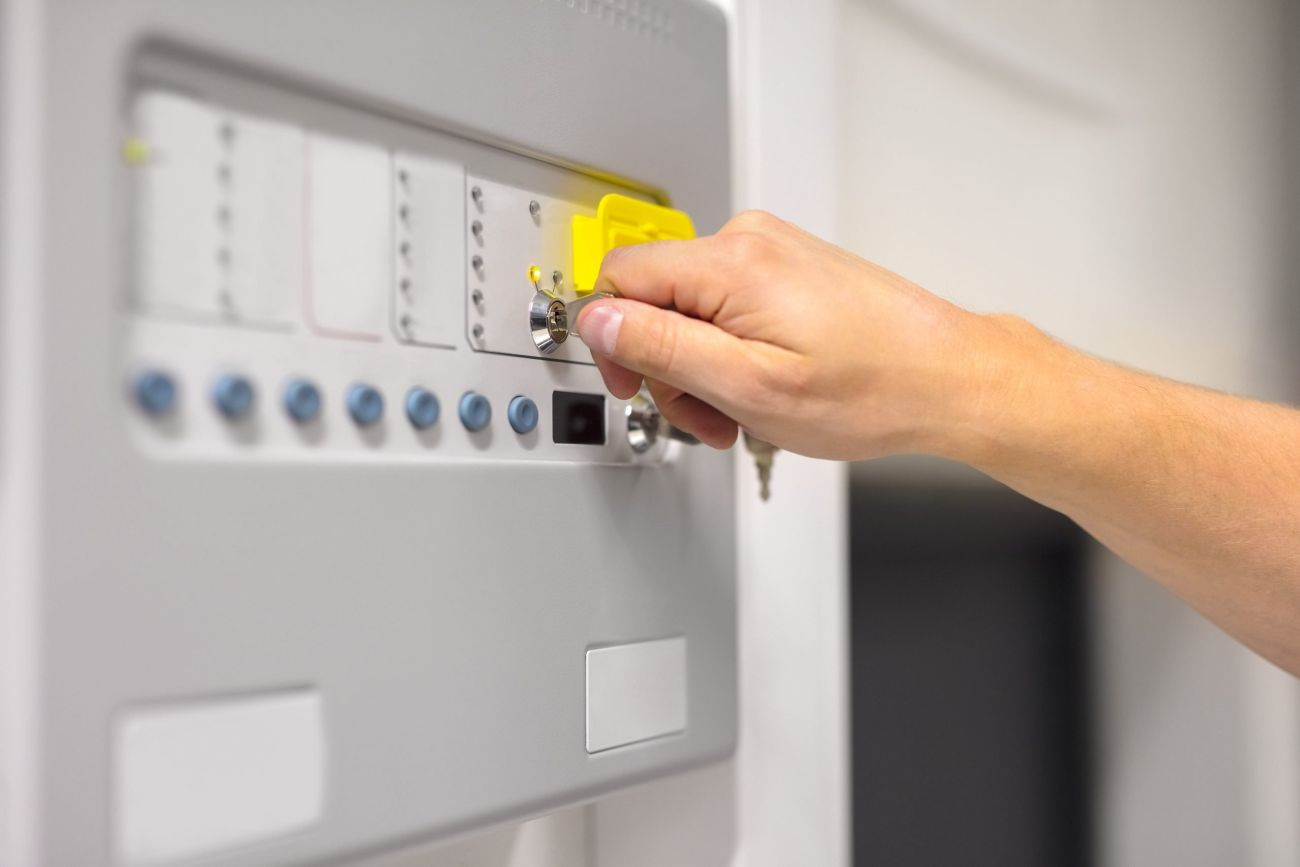

Type of Damper:
Fire Damper
A Fire Damper is an integral passive fire protection element used to help stop the spread of fire and allow more time for anyone within a premises to safely evacuate. They are used in heating, ventilation, and air-conditioning (HVAC) systems, and use a thermal system to detect the presence of a fire. A fusible link holds back a spring-loaded barrier, and when a fire begins to raise the temperature, the link will melt, freeing the barrier and shutting off the compartment in order to stop the fire in its tracks. It is important to note that Fire Dampers do not prevent the spread of smoke and toxic fumes.
Fire and Smoke Damper
A Fire and Smoke Damper is another Passive Fire Protection System that works to prevent the spread of both fire and smoke, plus any toxic fumes. It works on an electronic system that is linked to the building’s Fire Panel. Once the presence of a fire is detected by the fire alarm system, it triggers a response from the Damper, causing it to automatically close its barrier to prevent any fire and smoke from passing through the compartment and spreading throughout the building.
What are the legal requirements for Fire Dampers?
British Standard BS 9999:2017:
• This standard provides guidance on fire safety in the design, management, and use of buildings. It covers various fire safety practices, including fire dampers.
• BS 9999 stipulates that all ducting must be fitted with fire dampers at regular intervals. These dampers play a crucial role in preventing the spread of fire through ventilation systems.
• Regardless of their type, specification, or operation method, fire dampers should be tested annually. The testing process includes several key steps: identifying the fire dampers within the building, visually inspecting their installation and condition, conducting a physical fire damper drop test, resetting the dampers to their “ready” state, and maintaining comprehensive records of these activities for compliance.
Approved Document B: Fire Safety:
Part B of the Building Regulations outlines fire safety requirements. Specifically, Approved Document B provides guidance on fire safety in buildings.
It emphasizes the need for fire and smoke dampers to protect ventilation openings. When installing fire dampers, ensure compliance with this document.
BS EN 1366-2:
When purchasing fire dampers, look for those compliant with BS EN 1366-2:2015. This standard covers fire resistance tests for service installations, including fire dampers.
BESA DW145:
The Building Engineering Services Association (BESA) publishes the DW145 guide. It offers good practice recommendations for the installation of fire and smoke dampers1.
Remember that if a fire damper is found to be faulty, it must be repaired or replaced promptly. Regular testing and maintenance help to minimise the need for extensive remedial works
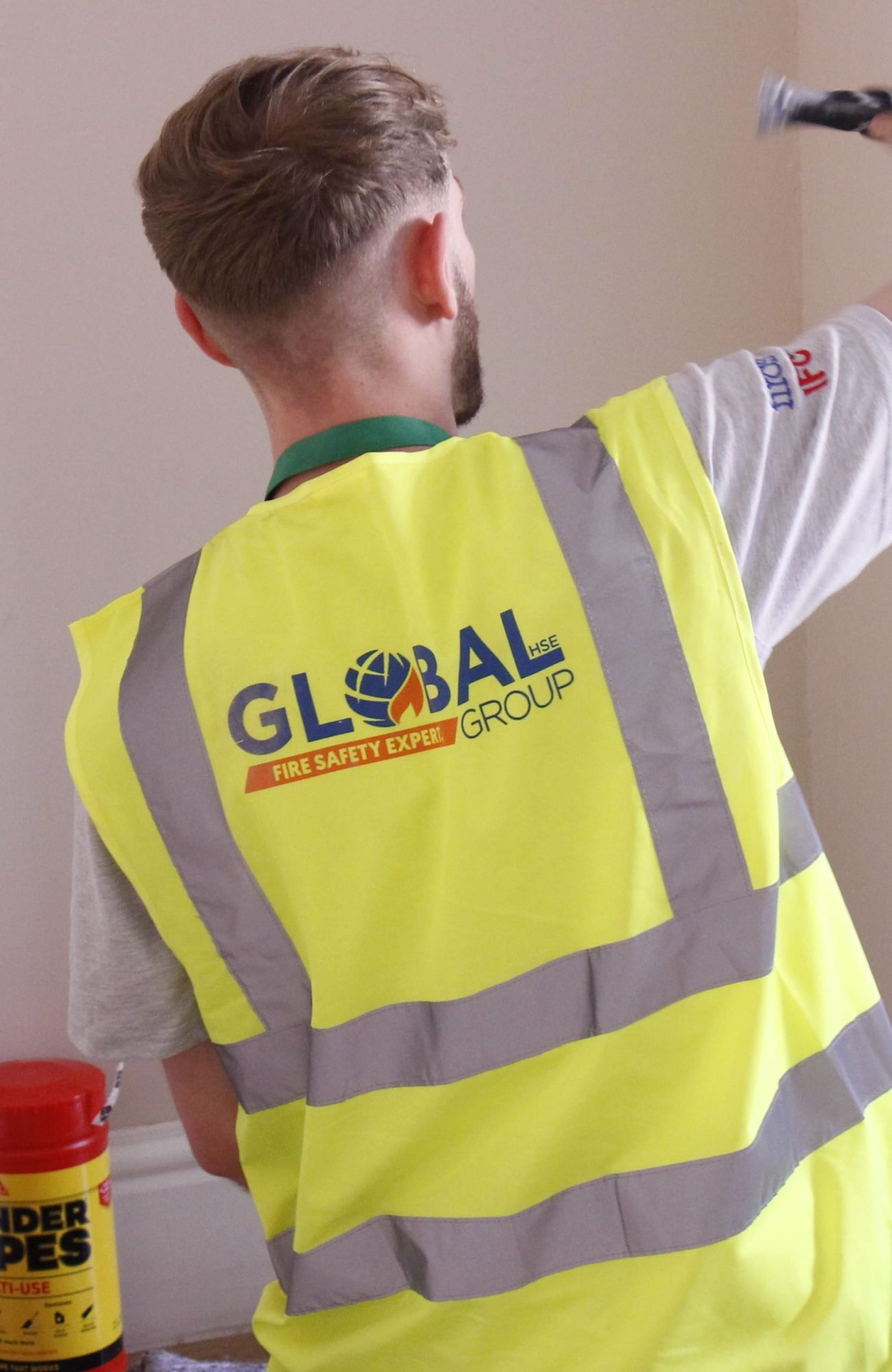
Why choose Global’s Damper Team?
Global are happy to have a strong and dedicated team of Damper Technicians, who can survey, install and remediate to clients requirements at an exceedingly high standard. We ensure all our technicians are trained and accredited to a level that we can be proud of and falls in line with the Global calibre.

Cavity Barriers
When constructing a building with voids and cavities, it’s crucial to incorporate cavity barriers to effectively halt the unseen fire spread within concealed cavities.
Fire Compartmentation
Compartmentation plays a vital role in building fire safety by dividing structures into distinct sections that can contain and control the spread of fire.
Pipe Closures
Pipe closures are designed to preserve the integrity of a fire-resistant compartment where pipes pass through floors or walls.
